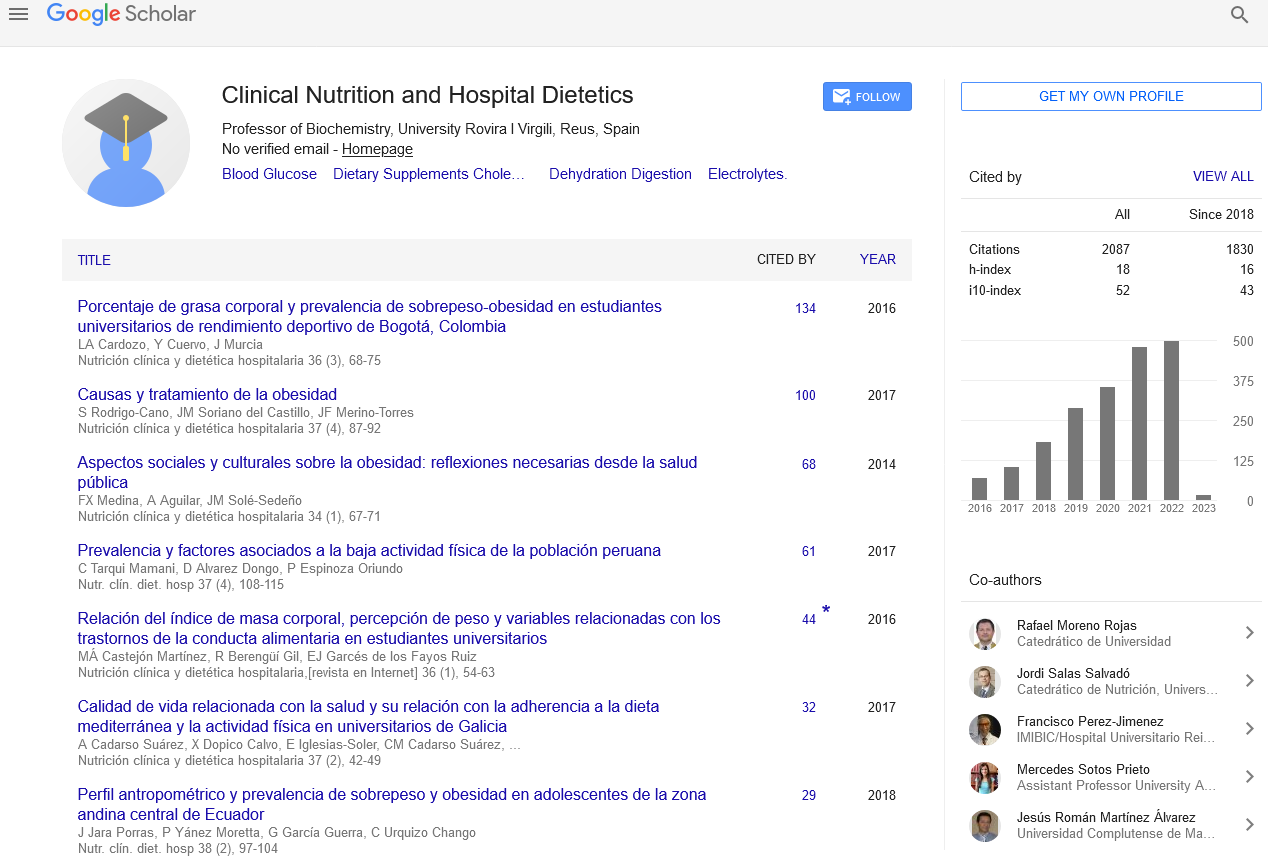Abstract
Body composition, nutritional status and diet in rural and urban Tarahumara schoolchildren in Chihuahua, México
Author(s): BenÃÂtez-Hernández, Zuliana Paola1; Hernández-Torres, Patricia1; Cabañas, MarÃÂa Dolores2; De la Torre-DÃÂaz, MarÃÂa de Lourdes1; López-Ejeda, NoemÃÂ2; Marrodán, MarÃÂa Dolores2; Cervantes-Borunda, Mónica1
Introduction: The Tarahumara indigenous group is the largest in the State of Chihuahua but it is the most economically depressed in the country which is why they tend to leave the mountains to settle in the city and change their ethnic lifestyles.
Objective: To compare the nutritional status of rural and urban Tarahumara schoolchildren through an analysis of their body composition, and nutrition.
Method: 50 rural Tarahumara children and 50 urban Tarahumara children with a mean age between 9-10 years were evaluated. Various anthropometric measures that allowed assessing their size, body composition, and somatotype were taken. A diet analysis was conducted through surveys of 24-hour recall two days a week.
Results: The urban schoolchildren showed signifi - cantly higher values in most anthropometric measures. There were no statistically significant differences in the nutritional status although the percentage of overweight and obesity in urban Tarahumara children ex-ceeded 10% from those in rural areas. The percentage of fat and endomorphic somatotype component was much higher in rural children. The diet of the two groups differed mainly during the weekend, when rural children leave school and eat at home. Urban children consumed on average more calories, protein, fat and cholesterol than their rural counterparts, who have a higher carbohydrate intake.
Conclusions: Urban Tarahumara children show a larger body size and adiposity, which reflects a diet rich in calories and fat.
Google Scholar citation report
Citations : 2439
Clinical Nutrition and Hospital Dietetics received 2439 citations as per google scholar report
Indexed In
- Google Scholar
- Open J Gate
- Genamics JournalSeek
- Academic Keys
- JournalTOCs
- ResearchBible
- SCOPUS
- Ulrich's Periodicals Directory
- Access to Global Online Research in Agriculture (AGORA)
- Electronic Journals Library
- RefSeek
- Hamdard University
- EBSCO A-Z
- OCLC- WorldCat
- SWB online catalog
- Virtual Library of Biology (vifabio)
- Publons
- MIAR
- Geneva Foundation for Medical Education and Research
- Euro Pub
- Web of Science
Journal Highlights
- Blood Glucose
- Dietary Supplements
- Cholesterol, Dehydration
- Digestion
- Electrolytes
- Clinical Nutrition Studies
- energy balance
- Diet quality
- Clinical Nutrition and Hospital Dietetics




